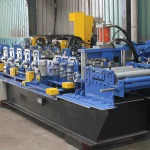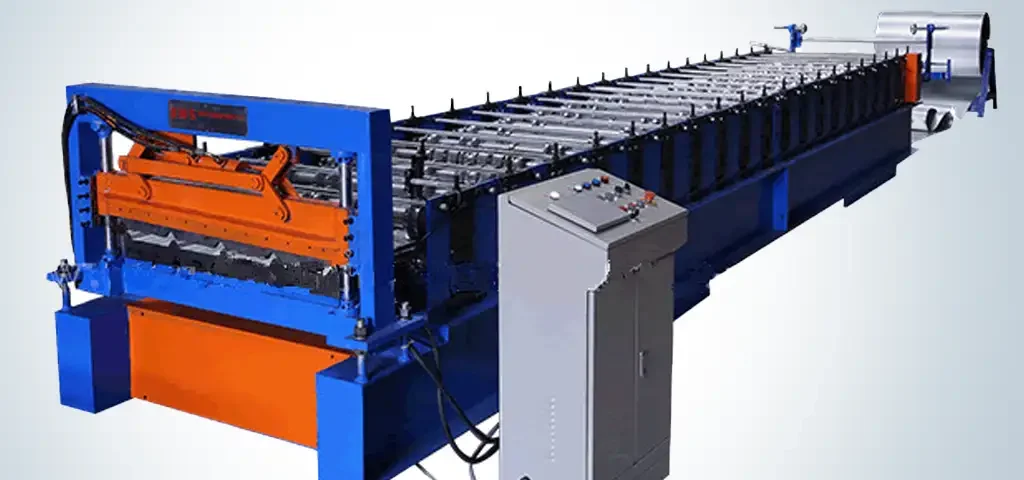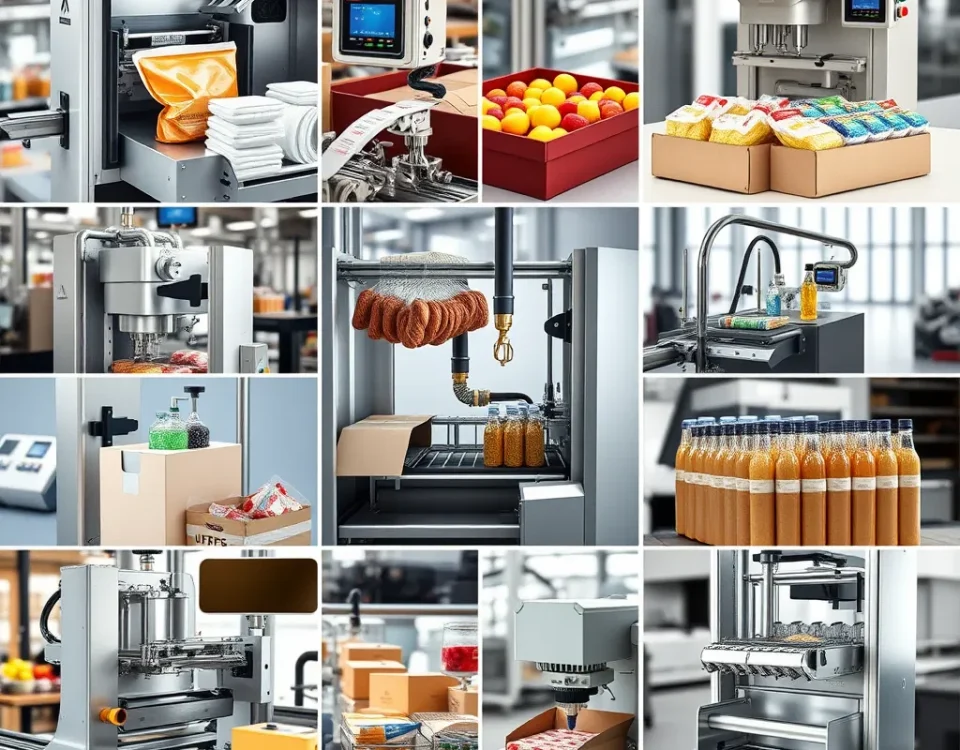
Revolutionize Construction with the Purlin Roll Former
May 21, 2024
Elevating Floor Systems: Structural Metal Deck Roll Forming Machines
May 21, 2024In the ever-evolving world of construction, the exterior envelope of a building plays a critical role in protecting its structural integrity, ensuring energy efficiency, and enhancing aesthetic appeal. Roof and wall cladding systems are essential components that not only safeguard the building from external elements but also contribute to its overall design and functionality. To meet the growing demand for high-quality cladding components, roof and wall cladding roll forming machines have emerged as indispensable tools, revolutionizing the manufacturing process and setting new standards for efficiency and precision.
[Expand on the importance of cladding systems, their role in building construction, and the need for efficient manufacturing processes. Introduce roof and wall cladding roll forming machines as a solution to streamline production.]
The Roll Forming Process for Cladding Components
Understanding the Roll Forming Technique
Roof and wall cladding roll forming machines utilize a continuous process of rolling and bending to transform flat metal sheets into the desired cladding profiles. Here’s how it works:
[Use subheadings for each step and provide a brief explanation, potentially with bullet points or a numbered list for clarity.]
- Material Feeding
- Roll Forming
- Punching and Shearing
- Cut-to-Length
- Finishing and Packaging
Benefits of Using Cladding Roll Forming Machines
[Introduce this section by highlighting the advantages of using cladding roll forming machines over traditional manufacturing methods.]
- Increased Production Efficiency
- Consistent Quality and Dimensional Accuracy
- Material Cost Savings
- Versatility in Cladding Profiles
- Reduced Labor Requirements
- Seamless Integration with Building Systems
Key Features to Look for in Cladding Roll Forming Machines
When investing in a roof and wall cladding roll forming machine, it’s crucial to consider several key features to ensure optimal performance, reliability, and efficiency. Here are some critical aspects to evaluate:
- Roll Forming Capabilities
- Material Handling and Feeding Systems
- Punching and Shearing Mechanisms
- Cut-to-Length and Slitting Systems
- Control Systems and Automation
- Safety Features
- Maintenance and Serviceability
Industry Applications and Use Cases
Roof and wall cladding roll forming machines have found widespread applications across various sectors of the construction industry, catering to the diverse needs of residential, commercial, and industrial projects.
Frequently Asked Questions (FAQs)
- What types of materials can be used in cladding roll forming machines?
- How do roll formed cladding components compare to traditional methods in terms of durability and weather resistance?
- Can cladding roll forming machines produce custom profiles or are they limited to standard sizes?
- What is the typical production speed and capacity of these machines?
- How important is the level of automation in cladding roll forming machines?
- What safety considerations should be taken into account when operating these machines?
- How much space is typically required to install and operate a cladding roll forming machine?
- What kind of maintenance and servicing is required for these machines?
- Can cladding roll forming machines be integrated with other equipment in a production line?
- How does the initial investment and operating costs of these machines compare to traditional manufacturing methods?





